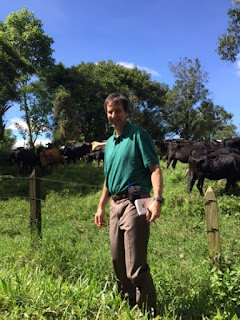Coffee and Climate Change

A report recently released by the Climate Institute – "A Brewing Storm: The climate change risks to coffee" – uses existing data and compiles information from a variety of studies to indicate that climate change will have a strong effect on the global coffee supply. Rising temperatures threaten farmland, reducing the land area suitable for coffee farming. Extreme weather like worsening drought and heavier downpours also impact yields. Climate changes are intensifying the prevalence of diseases and pests like coffee rust and coffee berry borer, which contribute to millions of dollars in lost coffee beans every year. Additionally, farmers and laborers exposed to rising temperatures experience heat related illnesses that affected their long-term well-being, as well as their productivity. Complicating matters is the fact that the coffee market is currently saturated and producers are subject to price volatility. Because the majority of the world’s 25 million coffee producers a


